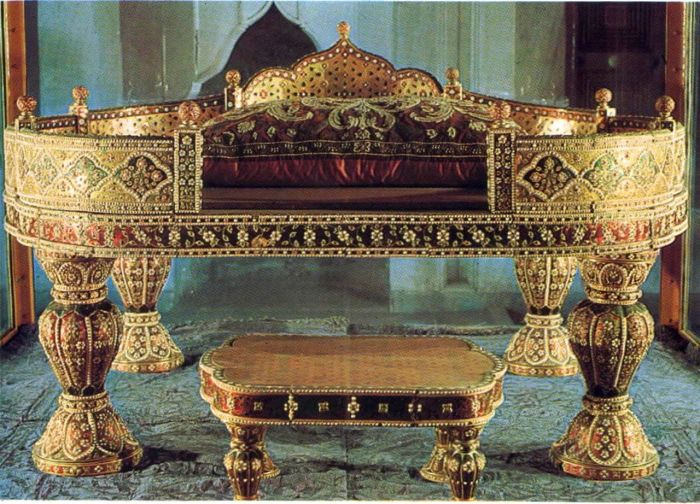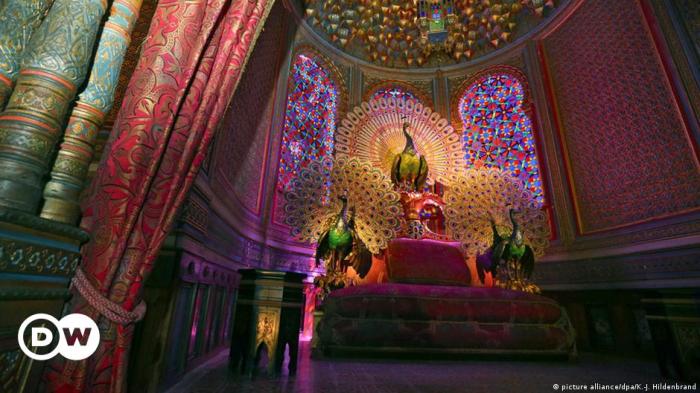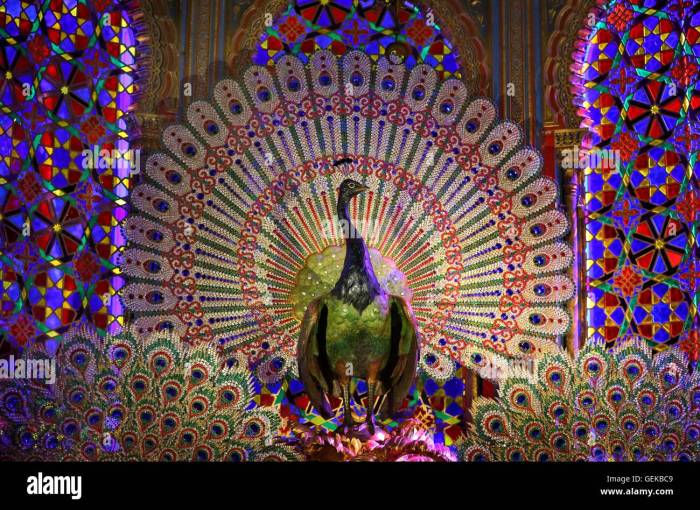Peacock Throne Land Crossword Clue takes us on a journey through history, unveiling the grandeur and symbolism of the Peacock Throne, a legendary seat of power in the Mughal Empire. Its intricate design, ownership, and cultural impact weave a captivating tale that continues to fascinate.
From its acquisition by Emperor Shah Jahan to its role as a symbol of authority, the Peacock Throne left an indelible mark on Mughal art and architecture. Its influence extended beyond India, shaping subsequent Islamic and Indian art forms.
If you’re solving a crossword puzzle and come across the clue “Peacock Throne Land,” you might think of India. However, it’s worth considering other possibilities, such as the Maribyrnong River Trail in Melbourne, Australia. This scenic trail offers breathtaking views of the river and surrounding parklands, making it a popular destination for locals and tourists alike.
And who knows, you might even spot a peacock or two along the way!
Historical Context

The Peacock Throne was an opulent and magnificent throne created for the Mughal Emperor Shah Jahan in the 17th century. It served as a symbol of power, wealth, and prestige for the Mughal Empire and played a significant role in shaping the cultural and political landscape of India.
Design and Construction
The Peacock Throne was an exquisite work of art, adorned with intricate designs and precious materials. It featured two peacocks standing tail-to-tail, encrusted with emeralds, rubies, diamonds, and pearls. The throne’s symbolism and motifs reflected the Mughal Empire’s wealth, power, and cultural influences.
Materials and Symbolism
- Gold and silver
- Precious gemstones (emeralds, rubies, diamonds, pearls)
- Peacocks: symbols of royalty, beauty, and prosperity
- Floral and geometric patterns: Mughal artistic traditions
Craftsmanship and Techniques
- Goldsmithing and jewelry making
- Enameling and stone setting
- Intricate carving and engraving
Ownership and Possession

The Peacock Throne was possessed by several Mughal emperors, including Shah Jahan, Aurangzeb, and Bahadur Shah II. It became a symbol of imperial authority and was used for important ceremonies and receptions.
To solve the enigmatic Peacock Throne Land Crossword Clue, one must delve into the realm of history. Its grandeur is reminiscent of the Maligns Crossword Clue , where words take on hidden meanings. By unraveling these linguistic enigmas, we piece together the tapestry of history, connecting the past to the present.
Timeline of Ownership
- Shah Jahan (1628-1658)
- Aurangzeb (1658-1707)
- Bahadur Shah II (1837-1857)
Cultural and Historical Impact

The Peacock Throne had a profound impact on Mughal art and architecture. Its intricate designs and symbolism influenced subsequent Indian and Islamic art forms. It also became a symbol of the Mughal Empire’s power and wealth, inspiring awe and admiration.
Influence on Mughal Art
- Ornate and luxurious designs
- Use of precious materials
- Depiction of nature and animals
Symbol of Mughal Power
- Displayed during important ceremonies
- Used to receive foreign dignitaries
- Represented the wealth and authority of the empire
Current Status and Significance
The Peacock Throne was dismantled and looted during the Persian invasion of India in the 18th century. Its whereabouts remain unknown, and only a few fragments have been recovered. Despite its loss, the throne continues to be a symbol of Mughal heritage and a testament to the empire’s artistic achievements.
Historical Artifact and Cultural Heritage, Peacock Throne Land Crossword Clue
- Symbol of Mughal power and grandeur
- Important piece of Indian and Islamic art history
- Inspiring subsequent art forms
Preservation and Restoration
- Ongoing efforts to locate and recover fragments
- Conservation and restoration of existing pieces
- Preserving the legacy of the Peacock Throne for future generations
Last Point
Today, the Peacock Throne remains a testament to the splendor of the Mughal era. Preserved as a historical artifact and cultural heritage, it serves as a reminder of the empire’s rich history and artistic achievements.
Helpful Answers: Peacock Throne Land Crossword Clue
What was the significance of the Peacock Throne?
The Peacock Throne symbolized power and authority in the Mughal Empire, serving as a focal point for court ceremonies and receptions.
Who acquired the Peacock Throne?
Emperor Shah Jahan acquired the Peacock Throne after conquering the Deccan Sultanates in the 17th century.
What materials were used in the construction of the Peacock Throne?
The Peacock Throne was adorned with gold, silver, precious stones, and enamel, showcasing the finest craftsmanship of the Mughal era.